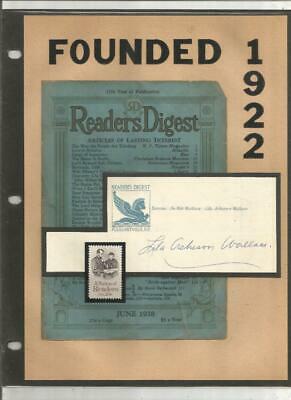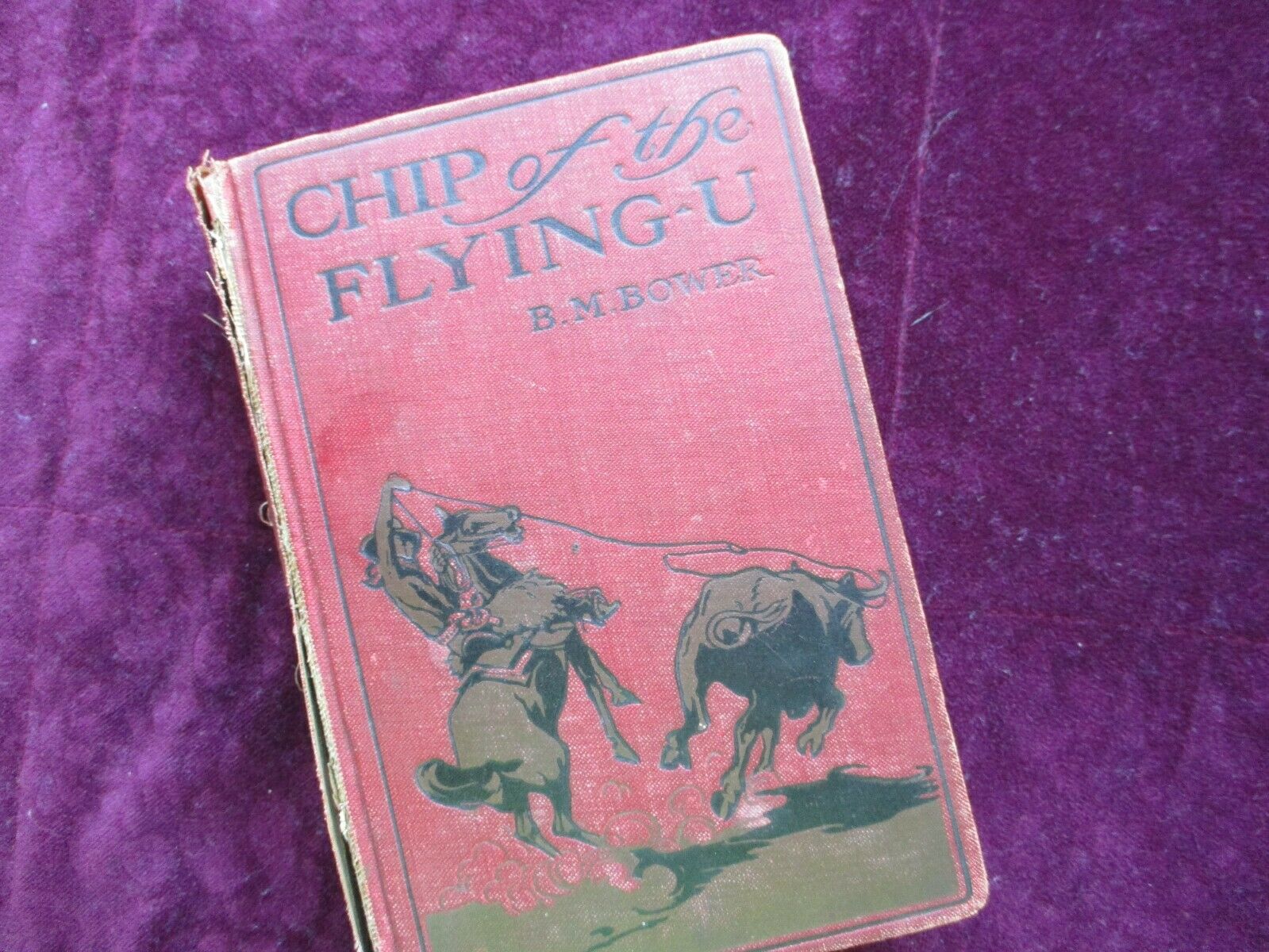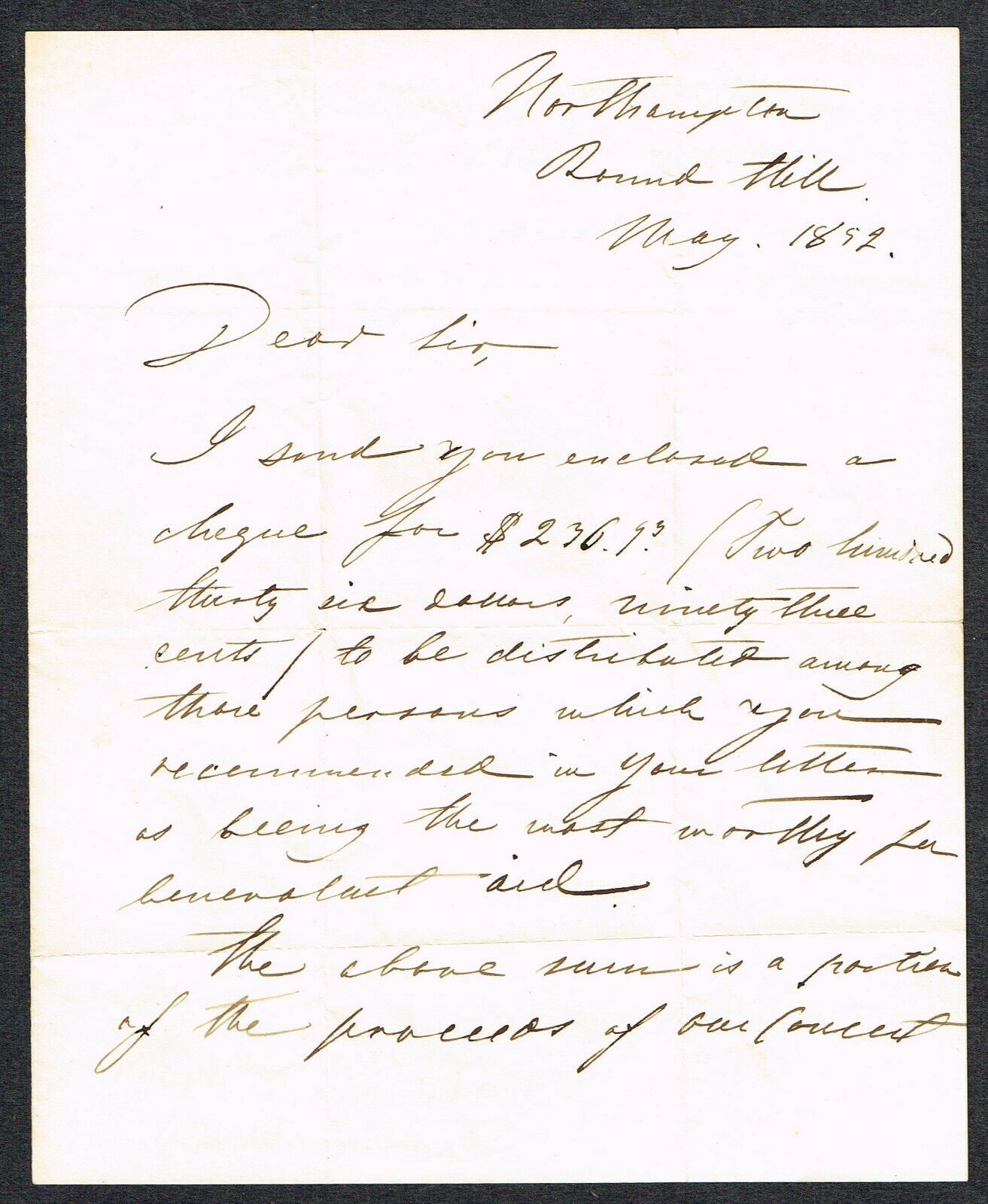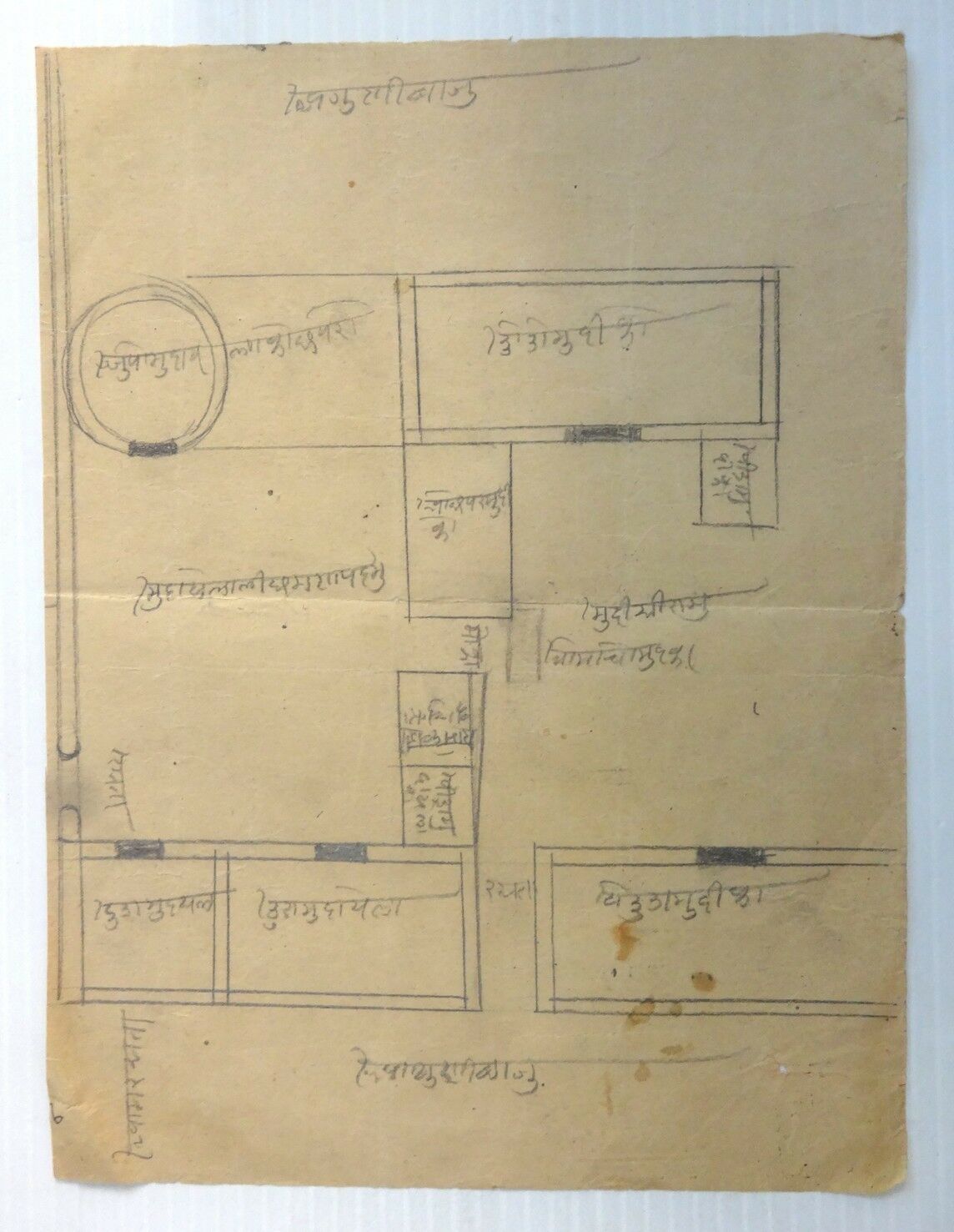-40%
1875 DS by 2 Civil War MOH winners, Gen. Hartranft & Matt Quay
$ 5.8
- Description
- Size Guide
Description
John Frederick Hartranft(1830-1889).
Union general who was the United States military officer who read the death warrant to the individuals who were executed on July 7, 1865 for conspiring to assassinate American President Abraham Lincoln.
Having achieved the rank of major general of the Union Army during the American Civil War, he had also been awarded the U.S. Medal of Honor for his actions in the First Battle of Bull Run.
Post-war, he served as the 17th Governor of Pennsylvania from 1873 to 1879.
Document Signed, 1 page folio, Dec. 8, 1875 as Governor of Pennsylvania commissioning duly elected W.D. Burke of Dickson City, Pa. a Justice of the Peace.
Very good, signed by Hartranft above the bright blue paper and wax Pa. seal at the upper right, countersigned by the famous political “boss” Matthew S. Quay as Sec. of State.
Quay was also a Medal of Honor winner for actions at Fredericksburg.
It is rare to see two Medal of Honor winners on the same item.
In April 1861, Hartranft raised a Montgomery County regiment of 90-day volunteers in Norristown, serving as colonel of the 4th Pennsylvania Volunteer Infantry. When their term of enlistment was up, the regiment returned to Pennsylvania, although it was the eve of the First Battle of Bull Run, and firing had already begun. Hartranft was humiliated by his men's decision to go home.
He stayed to fight with the Army on July 21, 1861. This act earned him the Medal of Honor on August 21, 1886, for volunteering his services to fellow Pennsylvanian Col. William B. Franklin. His citation reads: "Voluntarily served as an aide and participated in the battle after expiration of his term of service, distinguishing himself in rallying several regiments which had been thrown into confusion."
Hartranft raised a three-year regiment, the 51st Pennsylvania Infantry, and became its colonel. They first served on the North Carolina coast in the Burnside Expedition. Hartranft led them in battle at Roanoke Island and New Bern. In July 1862, Hartranft's men proceeded to Newport News, Virginia, to become part of Burnside's IX Corps, with whom they fought in the Second Battle of Bull Run and at South Mountain. They also fought at the Battle of Antietam, where Hartranft led the famous charge across Burnside's Bridge, suffering 120 casualties. They also participated in the Battle of Fredericksburg. The 51st Pennsylvania was transferred to the Western Theater, where Hartranft saw action at the battles of Vicksburg, Campbell's Station, and Knoxville; in the latter two actions, he served as commander of the 2nd Division of the IX Corps while still a colonel.
He commanded the 1st Brigade, 3rd Division, of the IX Corps in the 1864 Overland Campaign, participating in the fighting at the Wilderness and Spotsylvania. He was promoted to brigadier general as of May 12, 1864. He continued in operations against Richmond and Petersburg. His brigade distinguished itself in the Battle of Peebles' Farm.
When the IX Corps was reorganized, Hartranft was given command of a new 3rd Division, consisting of newly raised Pennsylvania regiments. Hartranft was brevetted major general by Lt. Gen. Ulysses S. Grant for defeating Confederate General Robert E. Lee's last offensive at the Battle of Fort Stedman. He brought his untested division from its reserve position and counterattacked to recover the captured fort.
In the aftermath of the assassination of United States President Abraham Lincoln, Hartranft was appointed both commanding officer of the Old Capitol Prison in Washington, D.C. and as a special provost marshal during the trial of those accused in the Lincoln assassination: George Atzerodt, David Herold, Lewis Paine (also known as Lewis Powell), and Mary Surratt, who would become the first woman to be executed by the U.S. government. The trial lasted from May 9, 1865 until the conviction of the Atzerodt, Herold, Paine, and Surratt in late June. At 1:15 p.m. on July 7, 1865, Hartranft led the four to the gallows in what is now called Fort Lesley McNair. When asked if the convicted had any final statements, the spiritual advisors of Atzerodt and Payne stated that both men wished to thank Hartranft and the officers and soldiers serving under him for the kindness they displayed during their incarceration. Following prayers for each of the prisoners, "Gen. Hartranft read the order of the War Department, embracing the President's Executive Order, for the execution," according to The New York Times. The prisoners were then simultaneously executed by hanging at 1:25 p.m.
Hartranft was elected Governor of Pennsylvania in 1872. He was a strong advocate of education, municipal reform, regulation of banking, improved industry and commerce, and the reorganization of the National Guard. He supported suffrage for African Americans, fought the corrupt Simon Cameron political machine, and championed the rights of the workingman.
During his administration, the revision of the Commonwealth's constitution was completed and ratified as the Constitution of 1873. It prohibited special and local legislation; and increased the terms for state legislators: House terms were increased to two years instead of one, and Senate terms to four years from three.











